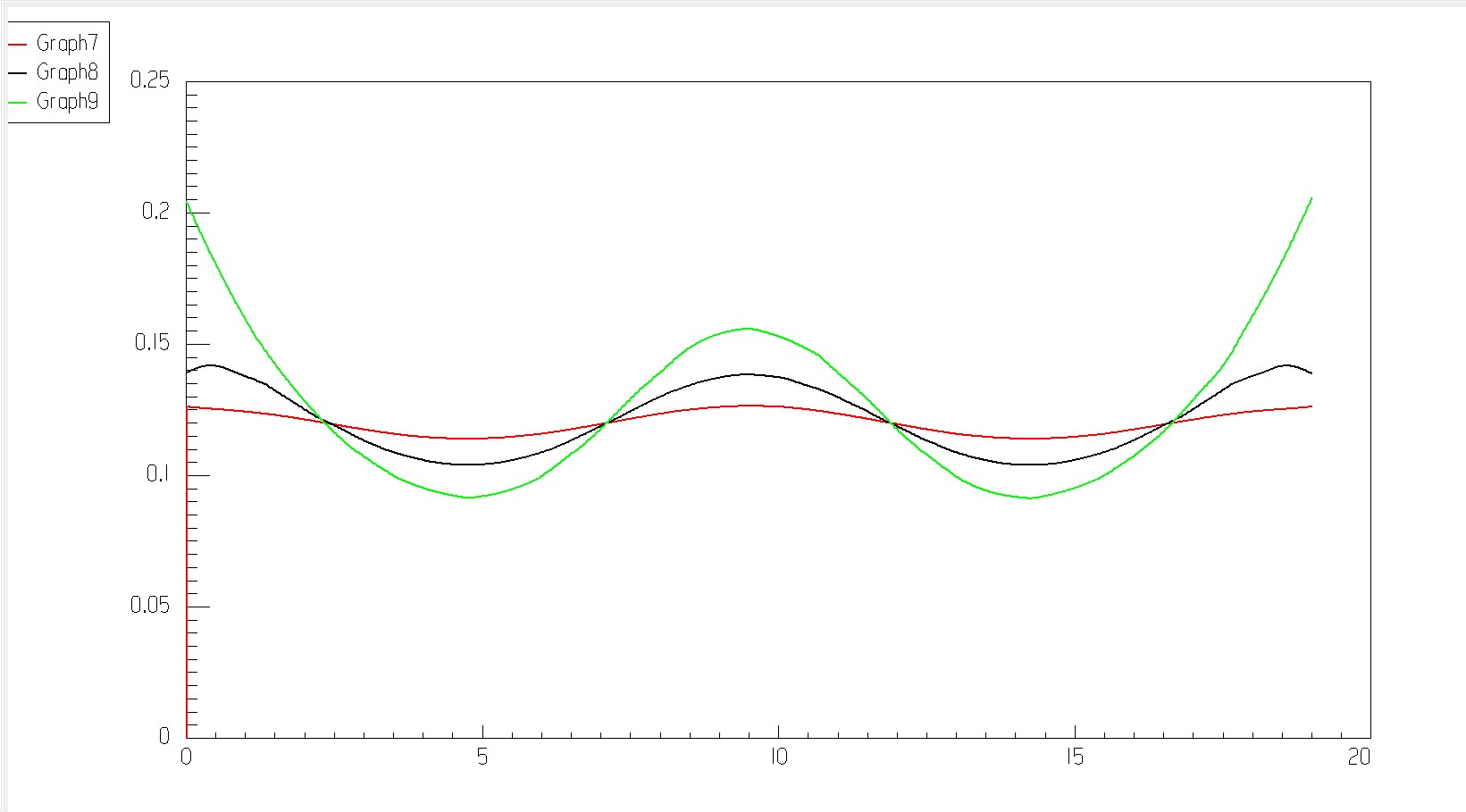At long last, just ordered. 2 day wait
I don't see it on their website. Where do you acquire it?
At long last, just ordered. 2 day wait
https://www.schiit.com/products/jotunheim-rI don't see it on their website. Where do you acquire it?
Well, Schiit will be at Canjam. I can’t see how they won’t bring one with the RAAL. This is in my top 5 most anticipated listens.
Jason -
Will there be a Raal/Requisite headphones w/ Jotunheim R setup at AXPONA 2020?
I don't think that is an ideal setting to hear headphones well, but it would be interesting to see.
Awesome."Jason Stoddard, post: 15430943
Yes, we'll have that setup at shows going forward, starting in New York.
Thanks! I’ve got a Slayer and a Speedster. Love them both, but the Slayer makes better espresso.Holy Moses Pale Rider..........crazy great gear! What espresso machine do you use? I have a humble Rocket Appartamento.
The ribbon obtains good bass extension since it has a lot of excursion and a very low resonance frequency due to the stiffness (or lack thereof) of the driver. The problem with a ribbon playing this low is that it will encounter compression above a certain amplitude depending on frequency. This means that while the SR1A can play good bass while right next to your ears (since SPL drops over distance) it physically cannot excurse enough to reach the same SPL at a longer distance (but for higher frequencies it still has enough excursion for this not to be an issue). Another issue with this type of driver is that the magnetic field linearity is not as good when the driver has to excurse a lot, and so it distorts. A larger ribbon would more likely lead to a higher max SPL/lower distortion rather than any significant increase in bass extension (since the resonance frequency is already so low) and I am sure RAAL had their reasons for going with this specific kind of ribbon, whether it be the practicality of integrating a larger ribbon into the design or that the smaller ribbons have beneficial properties. That would be a good question for Aleksandar I suppose.
I would argue the SR1A has real bass under 60hz, but the bass characteristics of the SR1A is much more akin to that of a loudspeaker (significantly higher distortion than most headphones, but unlikely to be an audible issue).



|
Stay updated on RAAL 1995 at their sponsor profile on Head-Fi.
|

